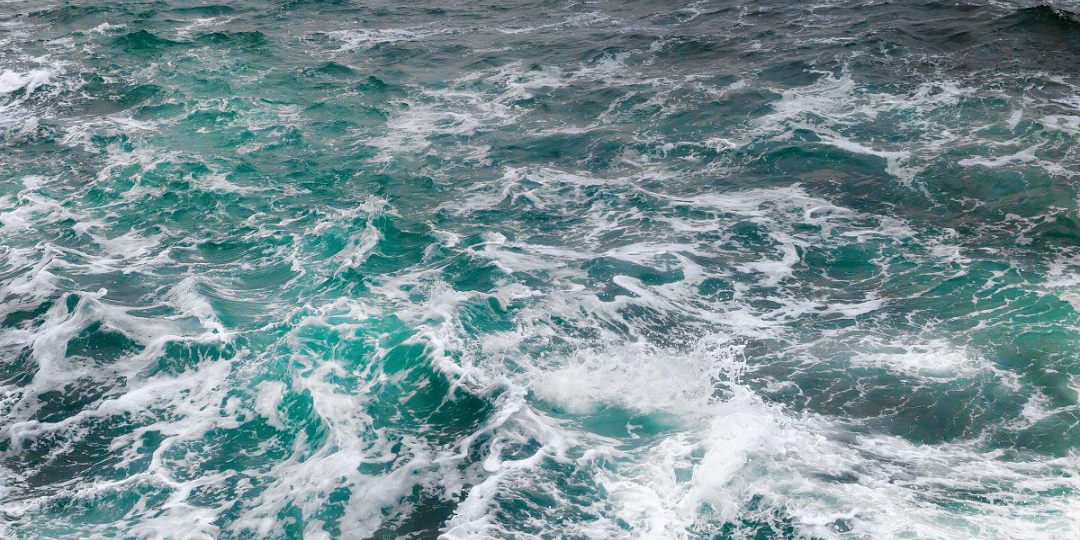How do surfactants infiltrate foam to reduce its formation?
Bubble Invasion: How Surfactants Infiltrate Foam
The process of defoaming leans heavily on infiltrating the foam’s structure and causing disruptions. Surfactants are constituents of defoamers, specifically designed for this purpose. Let’s explore how they invade the foam and ultimately pave the way for its downfall.
Entering the Defensive Foam Layer
Foam bubbles are sustained by a thin layer of liquid forming a barrier that acts as the bubble’s defense against collapse. Surfactants, due to their water-attracting (hydrophilic) and water-repelling (hydrophobic) properties, can successfully penetrate this defensive layer. This is achieved by aligning themselves in such a way that the hydrophilic portion interacts with the aqueous phase and the hydrophobic portion is oriented towards the air within the foam bubbles.
Disrupting the Foam Structure
Once inside the defensive layer, the surfactants go to work. Their hydrophobic parts exert a push against the layer’s walls, while the hydrophilic parts pull the liquid in the layer, causing a disturbance that destabilizes the foam bubbles.
Causing Foam Bubble Collapse
With the disruption caused by the surfactants, the equilibrium within the foam bubble is shattered. This leads to the thinning of the liquid film that forms the defensive layer. Eventually, the layer gets so thin it ruptures, leading to the collapse of the foam bubble. This series of events results in an overall reduction in foam formation.
FAQs
-
How do surfactants penetrate the defensive layer of the foam bubble?
- Due to their amphiphilic nature, surfactants can infiltrate the barrier. The hydrophilic part interacts with the liquid, while the hydrophobic part faces the air within the foam bubble.
-
What happens once surfactants infiltrate the defensive layer?
- The surfactants disrupt the foam bubble’s equilibrium. The hydrophobic parts exert pressure against the layer’s walls, while the hydrophilic parts pull the liquid in the layer. This destabilizes the foam bubbles.
-
How does this disruption lead to foam reduction?
- The disruption causes the defensive layer to thin and eventually rupture, leading to the collapse of the foam bubble and an overall reduction in foam formation.







